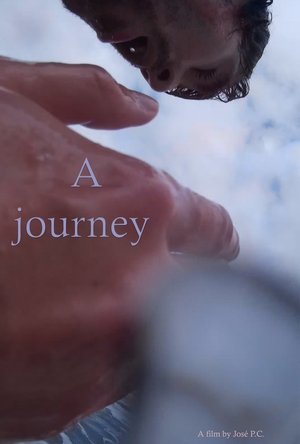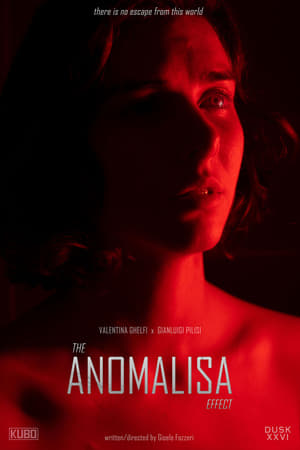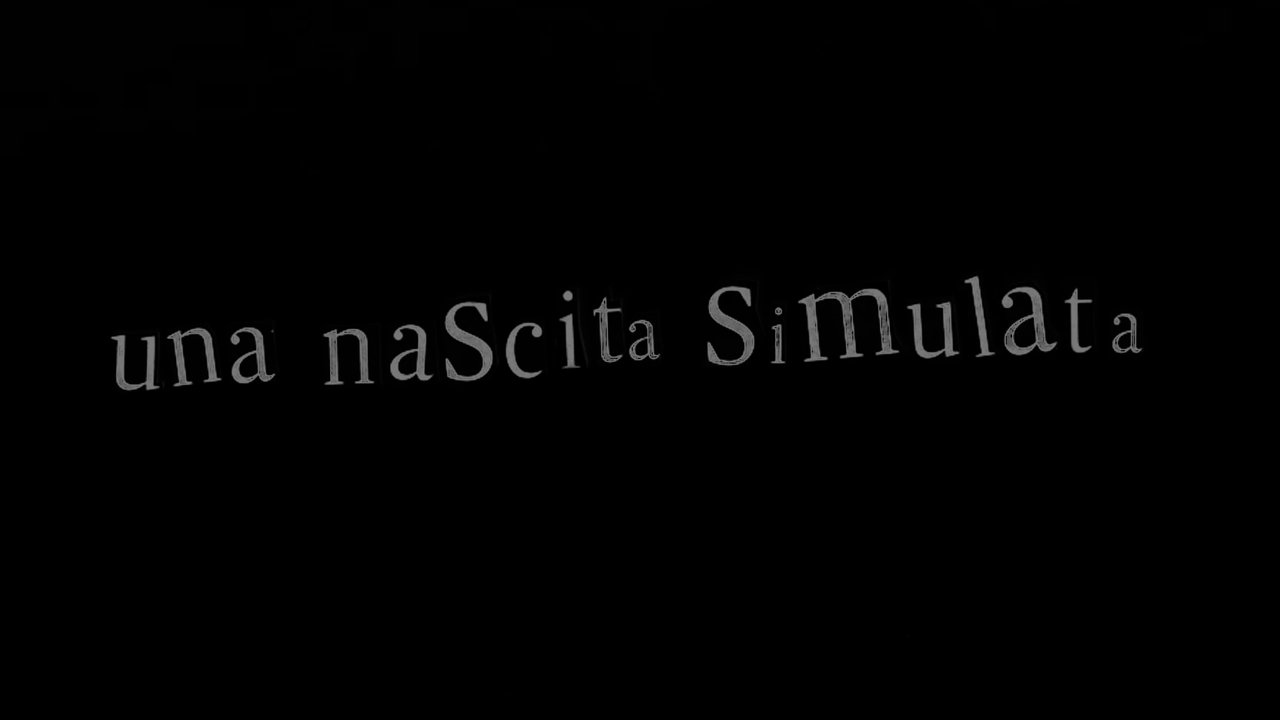
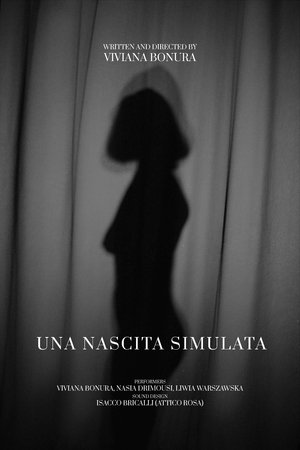
Una nascita simulata(NaN)
Movie: Una nascita simulata
Top 3 Billed Cast
Performer
Performer

Una nascita simulata
HomePage
Overview
Release Date
Average
0
Rating:
0.0 startsTagline
Genres
Languages:
ItalianoKeywords
Similar Movies
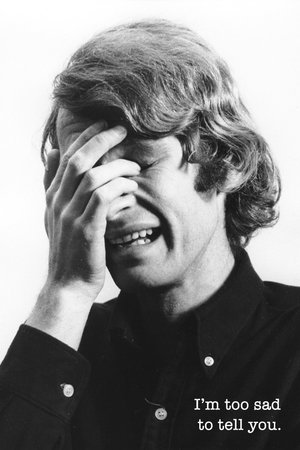 6.0
6.0I'm Too Sad to Tell You(en)
This short film is part of a mixed media artwork of the same name, which also included postcards of Ader crying, sent to friends of his, with the title of the work as a caption. The film was initially ten minutes long, and included Ader rubbing his eyes to produce the tears, but was cut down to three and a half minutes. This shorter version captures Ader at his most anguished. His face is framed closely. There is no introduction or conclusion, no reason given and no relief from the anguish that is presented.
Nightfall(en)
Shot in his garage-studio, the camera records Ader painstakingly hoisting a large brick over his shoulder. His figure is harshly lit by two tangles of light bulbs. He drops the brick, crushing one strand of lights. He again lifts the brick, allowing tension to accrue. The climax inevitable—the brick falls and crushes the second set of lights. Here the film abruptly ends, all illumination extinguished.
Brise-glace : Bateau givre(sv)
First part of the collaborative project "Brise-Glace" showing the diverse travels on the icebreaker "Frej". Directed by Jean Rouch.
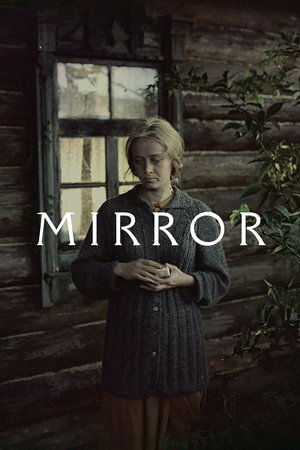 8.0
8.0Mirror(ru)
A dying man in his forties recalls his childhood, his mother, the war and personal moments that tell of and juxtapose pivotal moments in Soviet history with daily life.
 9.0
9.0UnAuthorized(es)
"Des-authorized" is the combination of three stories, three realities that coexist and feed. The journey begins in the imagination of Elia K, the principal, who imagines Elijah, a character who is a poor playwright facing the crossroads to be true to his art, or succumb to the pressures of the producers must decide his work between surrender or pay the price of his freedom. On another level, we have Nina and Frederick, the protagonists of the work that Elijah is writing. They only seek to love, they are forced to leave the paper and press the Elijah to them the end that his story deserves, this is the starting point of "Des-authorized" a film set in an imaginary city , colorful and delusional. In the line of "Amelie" and "Stranger Than Fiction", brings a reflection on art, creativity, love and heartbreak.
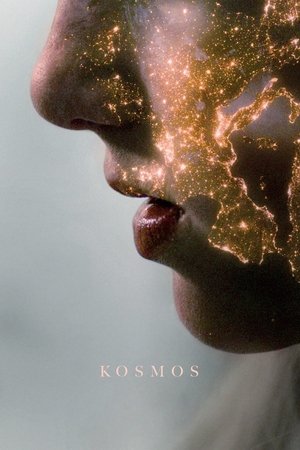 0.0
0.0Kosmos(no)
A constant journey from outer space to a town in Norway, where we encounter small pieces of people’s lives.
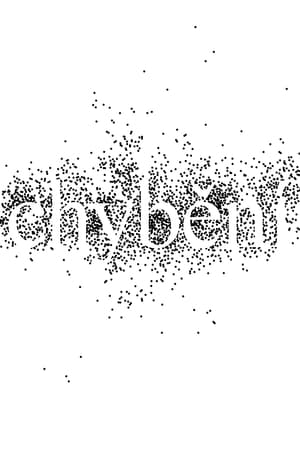 0.0
0.0You Will Never See It All(cs)
Conceptual visual artist Ján Mančuška died in 2011. However, in his short 39 years of existence, he managed to create a number of remarkable works, many of which have been exhibited in renowned galleries around the world – including the Centre Pompidou in Paris and MoMA in New York. In his homeland, however, his work reflecting everyday life, social reality or the meaning of language has never achieved comparable fame. Together with the children of an artist who was not afraid to confront the public with the question of the meaning of art, the director embarks on a journey that aims not only to get closer to Mančuška, but also to reveal him in hitherto unrecognised shades, thus filling in the gaps that are increasingly appearing in the context of the fading memory of his personality.
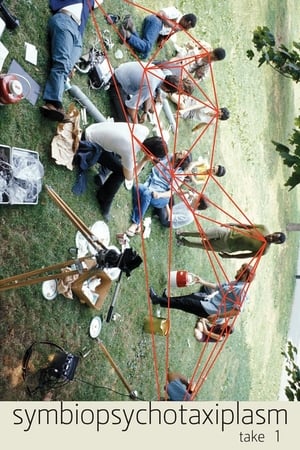 7.0
7.0Symbiopsychotaxiplasm: Take One(en)
In Manhattan's Central Park, a film crew directed by William Greaves is shooting a screen test with various pairs of actors. It's a confrontation between a couple: he demands to know what's wrong, she challenges his sexual orientation. Cameras shoot the exchange, and another camera records Greaves and his crew. Sometimes we watch the crew discussing this scene, its language, and the process of making a movie. Is there such a thing as natural language? Are all things related to sex? The camera records distractions - a woman rides horseback past them; a garrulous homeless vet who sleeps in the park chats them up. What's the nature of making a movie?
 0.0
0.0The Inexhaustible Variety of Life(en)
A conversation between reality and consciousness.
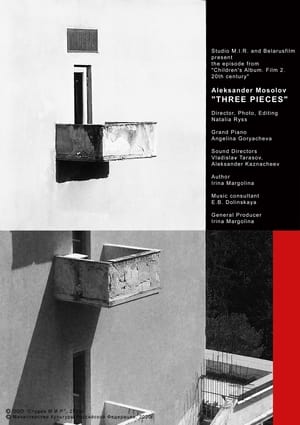 0.0
0.0Alexander Mosolov. Three Pieces(ru)
Experimental film from the almanac of classical music for children "Children's Album". It is dedicated to the constructivist period of Alexander Mosolov, as well as architecture and cinema of this direction and consists of three parts, with conditional names: 1. "Shadows", 2. "Movement", 3. "Volume". The structure of the film is visually and rhythmically close to constructivism.
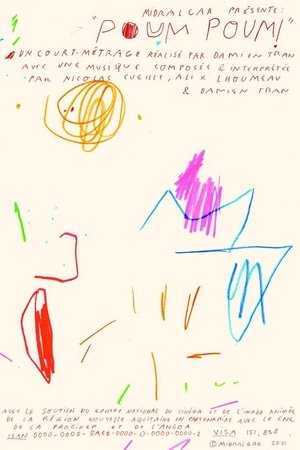 0.0
0.0Poum Poum !(fr)
A musical animated film which celebrates the simple and childish joy of hitting drums, scribbling on paper using marker pens, splashing paint or making cracked cymbals screech.
 10.0
10.0Glitching Offshore(en)
If a machine would possess a soul it might be a beach. Every single sand corn symbolizes a data-set of a memory captured in the world wide web saved deep down in the ocean. From there the bytes condense and finally reach the cloud. But how would it feel for a machine to see the glitch waves and feeling the shore stones on its case? What would be the colours of the coastline? Glitching Offshore tries to portrait the soul of an AI and the universe behind it. Glitching offshore, alike drifting away as in a psychogeographical dérive (furthermore, away from the "rive": bank) where human intentional yet chaotic action is substituted by pixels' stirrings of the soul.
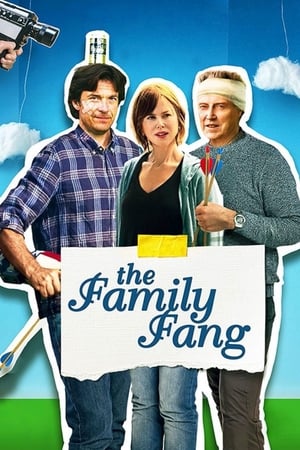 5.8
5.8The Family Fang(en)
A brother and sister return to their family home in search of their world famous parents who have disappeared.
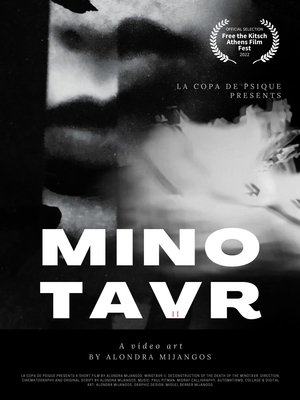 0.0
0.0Minotavr II(en)
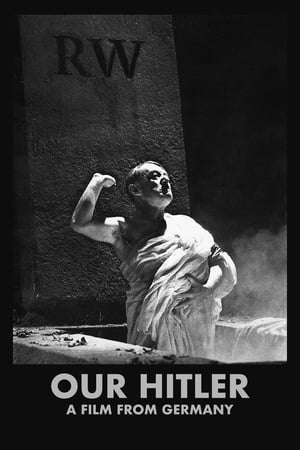 7.1
7.1Hitler: A Film from Germany(de)
A structure-free, four-part examination of the rise and fall of the Third Reich. Each part explores a different topic, from Hitler's cult of personality in propaganda to how said propaganda was associated with pre-Nazi German cultural, spiritual, and national heritage to the Holocaust and the ideology behind it, particularly from Himmler's point of view.
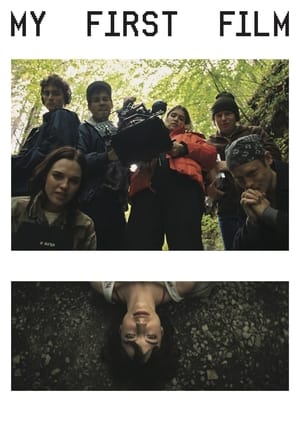 7.1
7.1My First Film(en)
A young filmmaker, Vita, revisits her first chaotic attempt at filmmaking 15 years prior. Shooting a semi-autobiographical film starring her friend Dina, Vita’s eager but inexperienced approach causes the production to spiral into chaos, leading to significant disruptions and a near-fatal accident.
 6.0
6.0Lost Footage(en)
How would a found footage film look if the footage was never found? This conceptual art experiment questions the very nature of film and cinema while serving as an ironic tribute to the found footage horror pop culture. The found footage format provides the narrative justification for such a film to exist: the non-existence exists because the footage existed yet it was lost and never found.

